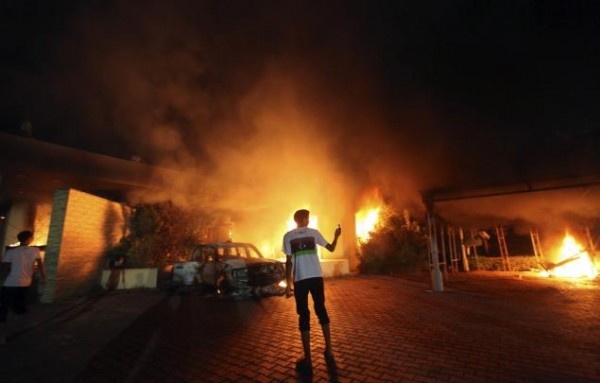Fire can happen at anywhere and at any time, ensuring that is does not happen is down to everyone, especially at the workplace. In 2012, there were 19 deaths that were a direct result of fire in the work environment. With proper fire safety training and regular fire safety checks, it can be avoided.
You need to know the common causes and factors of fire in the workplace and knowing that is half the battle;
1. Faulty Electronics
Electrical equipment needs to be tested to ensure it meets safety standards and needs to be PAT tested. Any overloaded sockets, loose or exposed wires and faulty equipment needs to be dealt with. All equipment needs to be tested yearly; this is a legal requirement for all businesses. Whilst you dont have to keep a formal log of the test a labelling system of the equipment has proven useful.
2. Arson
Whether through vandalism or malicious intent, arson is a common occurrence of fire in the workplace. It can cause irreparable and expensive damage as well as a huge risk to personal safety. Ensure that you have fire proof shutters installed along with a sprinkler system with clear fire exits. Factories are particularly vulnerable to arson attacks.
3. Human Error
Accidents are another cause of human error. Knocking fluids onto electrical equipment, burning food in the kitchen or spilling flammable or combustible liquids can contribute to starting fires. Ensure that you and your staff are trained to be aware of these situations and make sure there are fire extinguishers installed at essential points in the building. Staff also need to be aware of risks.
4. Combustible or Flammable Material
Flammable solvents and gases are considered a cause of fire in the work place. Appropriate handling, storage and disposal can prevent materials from causing fires. Proper training will help staff recognise what materials stimulate and cause fires. Companies that deal with these sorts of materials should place this hazard at the front of their risk assessment.
5. General Negligence
Similar to human error, general negligence is considered irresponsible behaviour. Through not following proper procedures by a member of staff or undertaking an action known to be a hazard can lead to a potential fire risk.
This can be solved through staff training, making them aware of the procedures to avoid a fire hazard. Negligence can be anything from covering electrical equipment that requires air, improperly disposing and storing flammable items to not following the correct actions to store combustible materials.
With all the mentioned above, proper training can help avoid fire hazards, this includes staff knowing where the fire exits are, what to do and where the evacuation points are. Planning a risk assessment will help you determine areas that are a huge risk, recognising any faults with equipment and what you need to do to prevent a fire.
You can contact a fire safety company who will complete a thorough fire risk assessment and evaluation on the building. This will include sources of ignition and fuel through to fire safety equipment and drills. For further information, please follow the following link
By Harry Price
Harry Price is a talented young man. No only is he a great writer, his talents extend to football too.
















